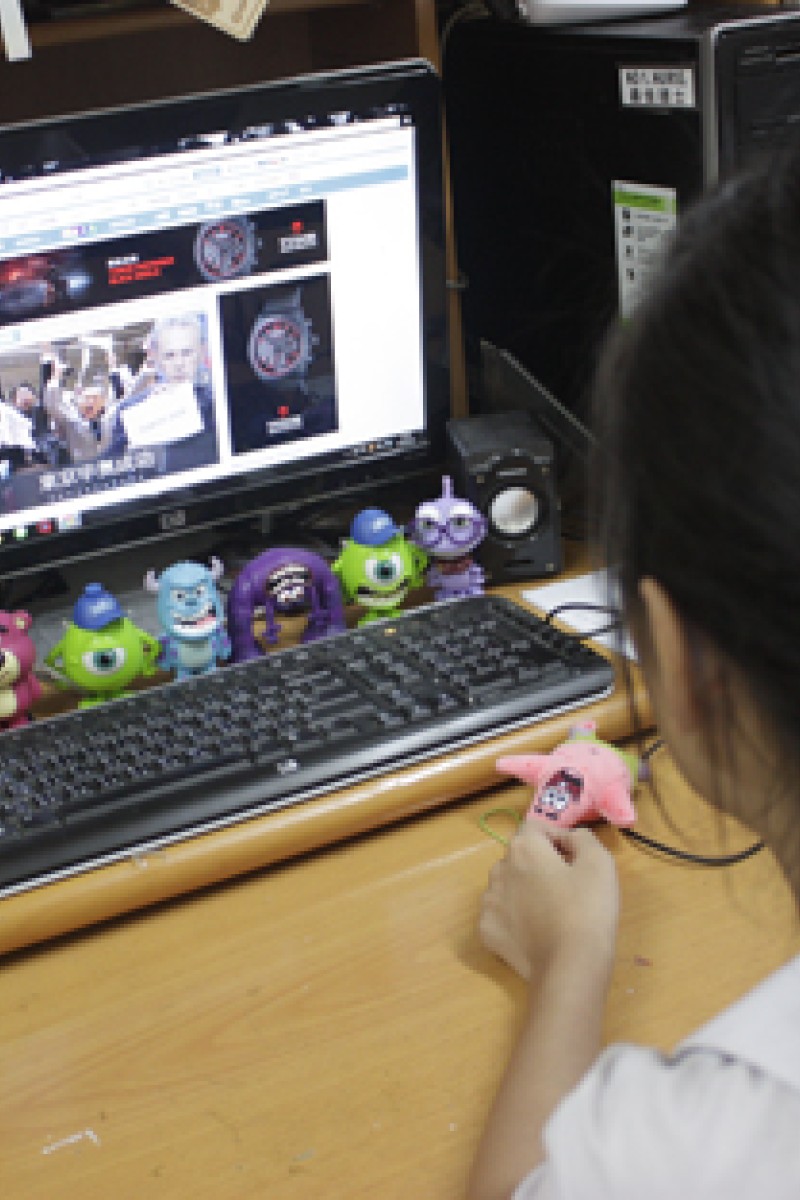 A teenager watches an Apple Daily news video.
A teenager watches an Apple Daily news video.Senior lecturer Benjamin Cheng Ka-lun, of Baptist University's College of International Education, made the comment after his department released the result of an experiment that tested young people's attitudes towards these videos.
In Hong Kong, Apple Daily first made sensational and sometimes kooky animated news videos popular in 2008, and several Chinese-language newspapers have followed suit.
The experiment, headed by Cheng and his colleague, PhD student Lo Wai-han, involved showing 74 Form Three students some clips about a domestic worker beating up her boss.
Half of the students were shown the animated version, while the rest saw the non-animated version of the report. Each group then answered 20 questions which tested memory and perception.
Students who saw the animated video remembered more facts than their counterparts, scoring 13 per cent higher than the other group.
But more of those who watched the animated version thought the video was objective, or believable, than those who watched the broadcast - a result that Cheng found alarming.
Cheng thinks the result is due to the fact younger people grow up with animation and are so used to it that they don't question it. "They're growing up in the age of animation and digital media," he said. "This could make them less critical and take everything as a fact."
Cheng says a lot of overseas research also shows that young people are now using internet as the main source of information.
But Cheng warned that these videos might contain incorrect data. He argues that journalists may not be at the scene when an event takes place, relying on witnesses for their accounts, thus making a detailed, fact-based video impossible.
The lecturer urged schools to step up efforts to teach students to think critically about the media. Parents, who sometimes watch animated videos with their children, also should provide guidance.
You might also like:
- An animated band is helping children understand money and the importance of saving
